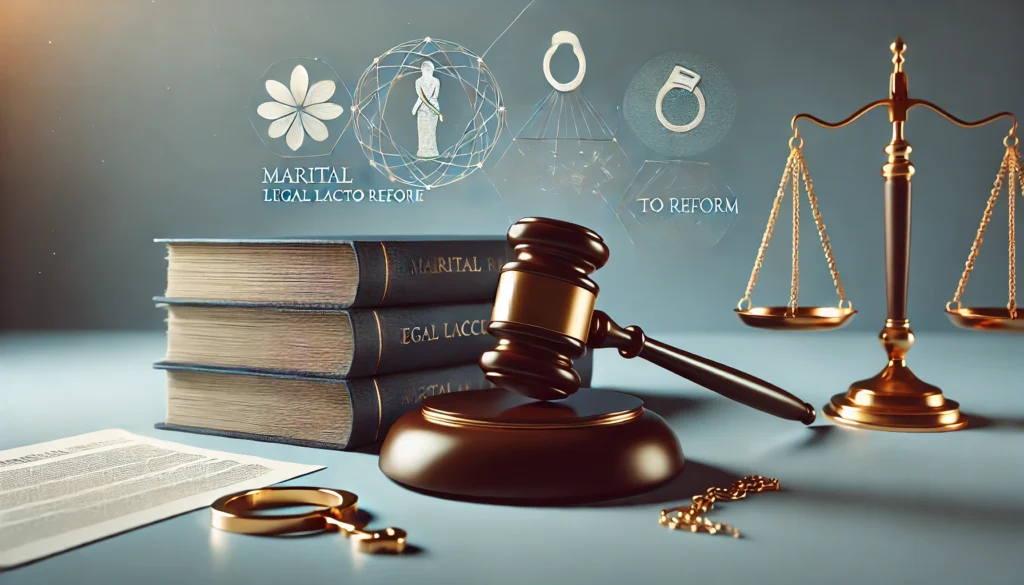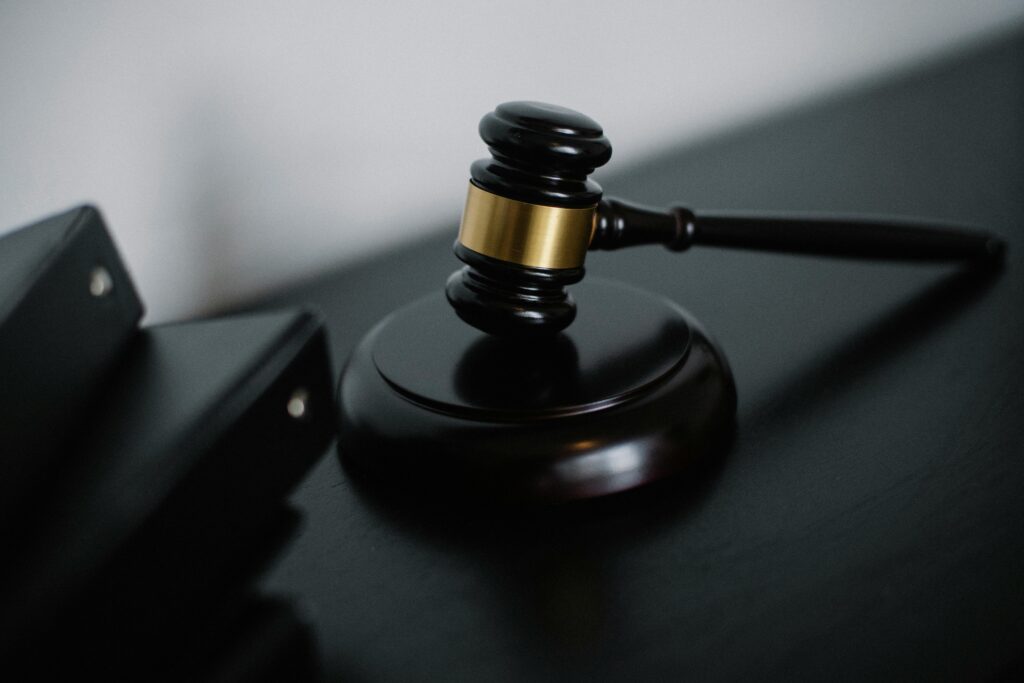Published on: 17th October 2024
Authored By: Pratham Mishra
JINDAL GLOBAL LAW SCHOOL
Introduction:
The case of Indira Nehru Gandhi vs. Shri Raj Narain[1] stands out as one of the most pivotal moments in Indian constitutional history. It wasn’t just a courtroom drama; it was a battle over the very soul of Indian democracy. At the heart of the dispute was a burning question: How far could those in power stretch their influence, and where should the lines of fairness and justice be drawn? This case put the spotlight on then-Prime Minister Indira Gandhi, who was accused of manipulating her office to secure a win in the 1971 general elections[2][3]. It raised serious concerns about electoral integrity, the proper limits of executive authority, and the delicate balance between the different branches of government.
Background and Facts of the Case:
The 1971 general elections[4] were a defining moment in India’s political landscape, with Indira Gandhi, the leader of the Congress Party[5], vying for re-election as Prime Minister. She ran for a seat in the Rae Bareli constituency, where her main rival was Raj Narain[6], a strong contender from the Samyukta Socialist Party[7]. When the results were announced, Indira Gandhi emerged victorious. However, Raj Narain wasn’t ready to accept defeat quietly. Believing that the election had been unfairly influenced, he filed a petition in the Allahabad High Court.
In his petition, Raj Narain accused Indira Gandhi of corrupt practices. He claimed that she had misused government officials and resources to boost her campaign. The main allegations were as follows:
- Indira Gandhi had used government officials for her election campaign, which was a clear violation of electoral laws[8].
- She had taken advantage of state resources, including government vehicles and the Air Force, to facilitate her travel and campaign activities[9].
- Government machinery and officials had been employed to organize campaign meetings[10].
Raj Narain argued that these actions were in direct violation of the Representation of the People Act, 1951[11], which strictly prohibits corrupt practices in elections. This case set the stage for a monumental legal battle that would shape the future of Indian democracy.
Judgment of the Allahabad High Court:
On June 12, 1975, Justice Jagmohan Lal Sinha of the Allahabad High Court delivered a landmark verdict[12]. The Court found Indira Gandhi guilty of two electoral malpractices:
- The Court held that Indira Gandhi had employed the services of Yashpal Kapoor, a government official, to further her election prospects even before Kapoor had resigned from his government post.
- The use of state resources, including aircraft, for election purposes was considered excessive and violative of electoral law.
Based on these findings, the High Court declared Indira Gandhi’s election to the Lok Sabha (the lower house of India’s Parliament) invalid. Furthermore, it barred her from contesting any election for the next six years. This judgment not only disqualified the sitting Prime Minister but also created political turmoil in India.
The Aftermath and the Emergency:
Following the Allahabad High Court’s decision, Indira Gandhi filed an appeal in the Supreme Court of India. Meanwhile, she sought a stay on the High Court’s decision to prevent her from being unseated immediately. The Supreme Court provided a conditional stay, allowing her to continue as Prime Minister but with limited powers, where she was restricted from voting in the Parliament.
The judgment caused a political crisis, leading Indira Gandhi to advise President Fakhruddin Ali Ahmed[13] to declare a state of Emergency[14] on June 25, 1975. During the Emergency, civil liberties were suspended, and the press was censored. This period of Indian history remains controversial, as it raised critical questions about democracy, the rule of law, and the limits of executive power.
The Appeal in the Supreme Court:
The appeal, Indira Nehru Gandhi vs. Shri Raj Narain & Anr[15], was heard by a Constitution Bench of the Supreme Court, which delivered its judgment on November 7, 1975. The legal issues before the Supreme Court were complex and revolved around constitutional amendments, the separation of powers, and the right to free and fair elections.
Key Legal Issues:
- During the Emergency, the government passed the 39th Constitutional Amendment[16], which inserted Article 329A[17] into the Indian Constitution. This new article provided that any dispute concerning the election of the Prime Minister or the Speaker of the Lok Sabha would be adjudicated only by a committee constituted by the Parliament and not by any court of law. This amendment effectively nullified the Allahabad High Court’s judgment. A primary issue before the Supreme Court was whether the 39th Amendment violated the basic structure of the Constitution.
- The case also raised the issue of whether the judiciary had the power to review amendments to the Constitution, especially those that appeared to conflict with fundamental democratic principles such as free and fair elections.
- The Supreme Court was called upon to apply the doctrine of the basic structure of the Constitution, which had been established in the landmark case of Kesavananda Bharati v. State of Kerala[18] (1973). This doctrine holds that while the Parliament has the power to amend the Constitution, it cannot alter its basic structure or essential features.
Supreme Court’s Judgment:
The Supreme Court, in a unanimous decision, struck down the 39th Amendment[19], specifically Article 329A[20], as unconstitutional. The Court held that:
- Article 329A violated the basic structure of the Constitution because it sought to exclude judicial review in electoral matters, thereby undermining the democratic principles enshrined in the Constitution. The Court reaffirmed that free and fair elections were part of the basic structure and could not be curtailed by constitutional amendments.
- The Court emphasized the judiciary’s role as the guardian of the Constitution. It reiterated that amendments that violate the fundamental tenets of the Constitution are subject to judicial review. By attempting to place the Prime Minister’s election disputes beyond the purview of the courts, the 39th Amendment effectively curtailed the judiciary’s power to ensure free and fair elections, thereby violating the basic structure doctrine.
- While the Court invalidated the 39th Amendment, it took a pragmatic approach regarding Indira Gandhi’s disqualification. The Court upheld the High Court’s findings of electoral malpractices but set aside the penalty of disqualification, thus allowing Indira Gandhi to remain in office.
Significance and Impact of the Judgment:
The Supreme Court’s decision in this case has had far-reaching implications for Indian constitutional law and democracy:
- The judgment reaffirmed the supremacy of the judiciary in interpreting the Constitution. It clarified that the basic structure doctrine applies not only to protect fundamental rights but also to preserve the democratic framework, including free and fair elections.
- By striking down the 39th Amendment, the Court limited Parliament’s power to amend the Constitution. It underscored that constitutional amendments cannot be used as a tool to override fundamental democratic principles.
- The case established that free and fair elections are an integral part of the basic structure of the Constitution. This principle has guided subsequent electoral disputes and reforms, ensuring the preservation of democratic values in India.
- The decision reinforced the doctrine of separation of powers by upholding the judiciary’s authority to review actions of the executive and legislature. It prevented the executive from gaining unchecked power, which could have undermined the democratic process.
- Although Indira Gandhi was able to stay in office, the controversy surrounding this case, along with the subsequent Emergency, significantly impacted her political standing. It led to widespread criticism and protests against the perceived autocratic use of power. The Emergency period remains a crucial reference point in debates about the balance between authority and individual rights in India.
Conclusion:
The case of Indira Nehru Gandhi vs. Shri Raj Narain serves as a critical milestone in the evolution of Indian constitutional law. It highlighted the tension between political power and judicial oversight, reaffirmed the principles of free and fair elections, and strengthened the doctrine of the basic structure of the Constitution. By striking down the 39th Amendment, the Supreme Court underscored that constitutional democracy cannot be compromised by transient political interests. The case remains a powerful reminder of the importance of safeguarding democratic processes and upholding the rule of law in India.
References:
[1] Indira Nehru Gandhi v. Raj Narain, 1975 Supp SCC 1
[2] Indira Gandhi’s 1971 election victory and the Congress shift towards socialism, The Hindu, https://www.thehindu.com/news/national/elections-that-shaped-india-indira-gandhis-1971-victory-and-the-congress-shift-towards-socialism/article67705217.ece (last visited Sept. 16, 2024).
[3] General Election, 1971, Election Commission of India, https://hindi.eci.gov.in/files/file/4115-general-election-1971-vol-i-ii/ (last visited Sept. 16, 2024).
[4] General Election, 1971, Election Commission of India, https://hindi.eci.gov.in/files/file/4115-general-election-1971-vol-i-ii/ (last visited Sept. 16, 2024).
[5] Indian National Congress, Indian National Congress, https://inc.in/ (last visited Sept. 16, 2024).
[6] Raj Narain, Azadi Ka Amrit Mahotsav, Ministry of Culture, Government of India, https://amritmahotsav.nic.in/district-reopsitory-detail.htm?15686 (last visited Sept. 16, 2024).
[7] Benjamin N. Schoenfeld, The Birth of India’s Samyukta Socialist Party, 38 Pac. Affs. 245, XXXX (1965), https://doi.org/10.2307/2754030.
[8] Indira Nehru Gandhi v. Raj Narain, 1975 Supp SCC 1
[9] Indira Nehru Gandhi v. Raj Narain, 1975 Supp SCC 1
[10] Indira Nehru Gandhi v. Raj Narain, 1975 Supp SCC 1
[11] The Representation of People’s Act, 1951
[12] State of Uttar Pradesh v. Raj Narain (1975 AIR 865, 1975 SCR (3) 333)
[13] Profile | 05th Former President of India, Home | President of India, https://www.presidentofindia.gov.in/Fakhruddin_Ali/profile (last visited Sept. 16, 2024).
[14] 1975 Emergency explained: A look back at India’s ‘dark days of democracy’; Govt designates day as ‘Samvidhaan Hatya Diwas’, The Economic Times, https://economictimes.indiatimes.com/news/how-to/1975-emergency-explained-a-look-back-at-indias-dark-days-of-democracy/articleshow/111248087.cms?from=mdr (last visited Sept. 16, 2024).
[15] Indira Nehru Gandhi v. Raj Narain, 1975 Supp SCC 1
[16] The Constitution (Thirty-ninth Amendment) Act, 1975
[17] The Constitution of India, 1950, art. 329A
[18] His Holiness Kesavananda Bharati Sripadagalvaru & Ors. v. State of Kerala & Anr. AIR 1973 SC 1461
[19] The Constitution (Thirty-ninth Amendment) Act, 1975
[20] The Constitution of India, 1950, art. 329A


